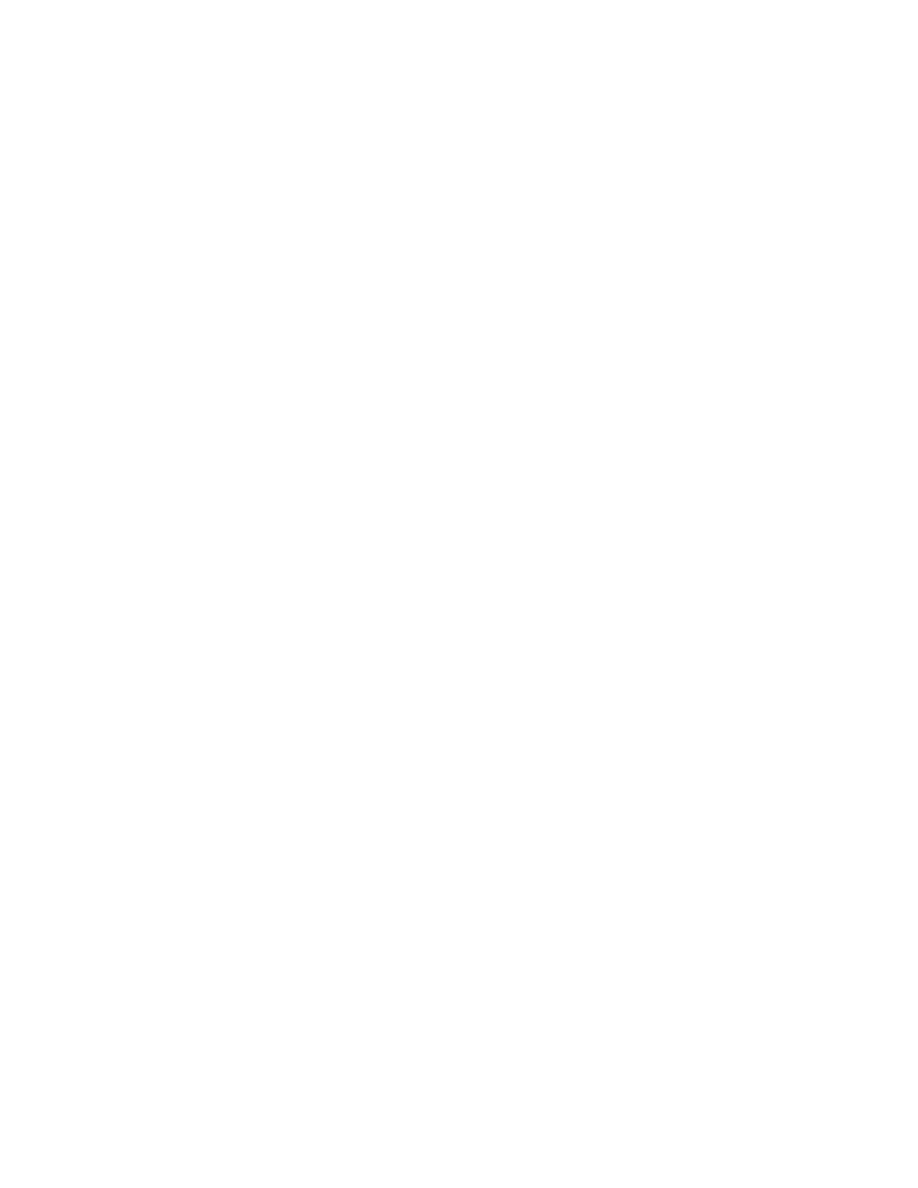 |
||
|
|
||
| |||||||||||||||
|
|
 1-L amber glass sample bottles for organic contaminants
250-mL plastic sample bottles for metals
Dredged material
D.3.2 Procedure
a. For organic contaminant leaching, use clean stainless steel centrifuge
tubes, stainless steel spatulas, and glass filtration apparatus according to
instructions for analysis of organic contaminants in SW-846, Test
Methods for Evaluating Solid Waste, U.S. Environmental Protection
Agency, Office of Solid Waste and Emergency Response, Washington,
DC 20460 (USEPA 1986). Combust glass fiber filter and prefilter at
400 EC for 15 min.
b. For metal contaminant leaching, use clean polycarbonate centrifuge
tubes, stainless steel spatulas, and polycarbonate filtration apparatus
according to instructions for metals analysis in SW-846 (USEPA 1986).
c. Prepare forms and labels. Conduct percent solids determination on
mixed sediment sample and calculate solids and water content and
required weights of water and sediment to achieve a water to solids ratio
of 4:1 (weight of pore water + weight of distilled deionized (DDI)
water/dry weight of sediment).
d. Seal the glove box, and using alternate vacuum and nitrogen addition,
purge and vent until the oxygen meter registers 0 percent. Ensure that a
slight overpressure of nitrogen exists inside the glove box. This can be
determined by observation of a slight expansion of the rubber gloves
attached to the glove box.
e. Add all necessary equipment to the glove box through the airlock. Cycle
as necessary to remove any residual oxygen.
f. In the glove box, remix the sediment to ensure uniformity. Place a
centrifuge bottle with cap on the balance and record the weight. Tare
the centrifuge bottle and cap and load with sediment to the desired
weight. Record the weight of the sediment added. Tare the centrifuge
bottle, cap, and added sediment, and add DDI water to bring the final
water to sediment ratio to 4:1. Wipe sediment from any surface that
contacts the o-ring of the leakproof top. Record the weight of DDI
water, then zero the balance and record the weight of bottle, cap,
sediment, and leach water. Bottles should be loaded such that pairs of
bottles balance to within 2 g. For organic contaminants, multiple bottles
may be required to obtain sufficient leachate (1 L) for chemical analysis.
g. Ensure that all centrifuge bottles are sealed, then remove the bottles from
the glove box, and transfer them to a tumbler. Tumble the samples for
D11
Appendix D Leachate Testing Procedures
|
|
Privacy Statement - Press Release - Copyright Information. - Contact Us - Support Integrated Publishing |